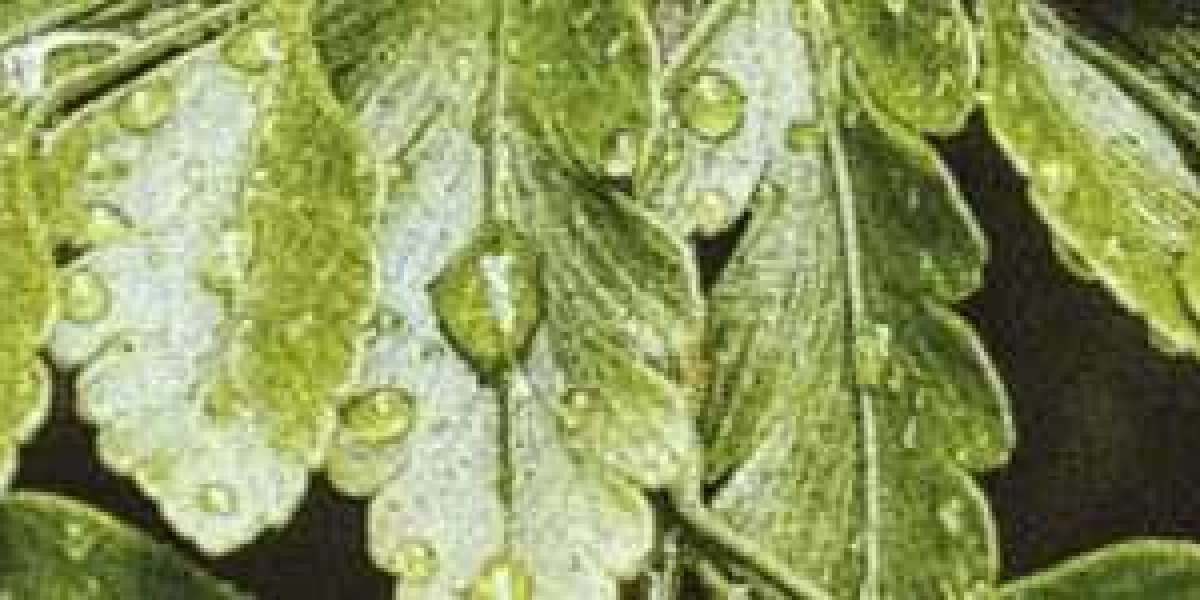| 1. Introduction | |
| Biodiversity in urban ecosystems is the range of plant and animal species that coexist in a given area. Conversely, soil multifunctionality refers to the several functions that soils perform in sustaining ecosystem services like plant growth, water filtering, and nutrient cycling. | |
| For the sustainability of ecosystems and the health of the soil, soil organic carbon must be maintained. In order to maintain soil stability and encourage water retention, soil organic carbon is an essential part of the soil structure. In addition, it is important for the cycling of nutrients and maintains the microbial communities that are necessary for soil fertility. | |
| The relationship among soil functions, biodiversity, and carbon storage emphasizes how interdependent these components are in urban settings. In addition to improving soil productivity and nutrient availability, a variety of plant species also improve carbon sequestration through the breakdown of litter and root exudates. In order to manage urban landscapes in a way that maximizes biodiversity protection and supports sustainable soil management methods, it is imperative to comprehend this link. | |
| 2. Biodiversity's Impact on Soil Multifunctionality | |
| An essential component of improving ecology is the diversity of plant groups.Soil health and function are maintained by biodiversity. In order to promote soil aeration and minimize compaction, different plant species have different root systems that pierce the soil to different depths. By their roots and leaf litter, diverse plants also replenish the soil with a range of organic chemicals that are vital for microbial activity and general soil fertility. | |
| For effective nutrient cycling and soil structure maintenance, microbial diversity in soils is crucial. In the soil environment, a variety of microorganisms, including bacteria, fungus, and archaea, interact by dissolving organic materials into simpler molecules that are easily absorbed by plants. In addition to releasing nutrients, this decomposition process increases the porosity of the soil, which improves water infiltration and retention capabilities. | |
| Urban soil biodiversity supplies a variety of ecosystem services that are essential to preserving the quality of the urban environment. Urban biodiverse ecosystems have a major impact on alleviating environmental difficulties in cities, from increasing water penetration rates to decreasing surface runoff. This is because they improve air quality by sequestering carbon. In addition to improving ecological sustainability in urban settings, diverse plant communities also contribute to the general well-being of urban dwellers by regulating local temperatures, lowering noise pollution, and providing habitats for urban wildlife. | |
| 3. Soil Organic Carbon: A Key Element in Urban Ecosystems | |
| The carbon held in soil organic matter is referred to as soil organic carbon (SOC). SOC is essential for maintaining ecosystem services and functioning in urban settings. It is essential for preserving the fertility, health, and general productivity of the environment. SOC absorbs carbon from the atmosphere, which helps to mitigate the effects of climate change. | |
| SOC levels in innovative urban environments can be influenced by a number of factors. Disturbances brought forth by urbanization processes, such as pollution, fragmentation of habitats, and changes in land use, can have an effect on SOC dynamics. Through the promotion of organic matter accumulation and reduction of degradation, management measures such as the development of green infrastructure, application of compost, and urban agriculture can contribute to the enhancement of SOC levels in urban soils. | |
| Urban ecosystems' SOC dynamics are significantly regulated by biodiversity. Through root exudates and litterfall, a variety of plant communities enhance the amount of organic matter that is incorporated into the soil. This organic debris promotes the breakdown processes that result in the creation of SOC by acting as a substrate for microbial activity. Numerous subterranean microbes are essential for maintaining SOC stability because they create aggregates that shield carbon from quickly mineralizing. | |
| Comprehending the interplay between soil organic carbon and biodiversity is crucial for the sustainable management of urban ecosystems. Cities can increase soil multifunctionality and resistance to environmental issues by supporting biodiversity protection and implementing measures that raise SOC levels. | |
| 4. Maintaining Biodiversity for Sustainable Urban Soils | |
| Sustaining healthy soils in urban environments requires maintaining biodiversity. Cities may improve their biodiversity by putting into practice techniques like building animal corridors, fostering local plant species, and establishing green spaces. In addition to enhancing the aesthetics of urban areas, green infrastructure such as parks, green roofs, and green walls is crucial for preserving soil functions because it reduces erosion, increases water retention, and promotes microbial diversity, which is necessary for nutrient cycling. | |
| The benefits of carbon sequestration are not limited to green infrastructure. Through photosynthesis, plants sequester carbon dioxide, which they then store in the soil and in their biomass. Urban areas may successfully mitigate climate change and store more carbon from the atmosphere by expanding their plant cover. In addition to lowering air pollution and regulating temperature, vegetation also serves as a home for a variety of species that improve the health of the soil. | |
| Policymakers can carry out a number of initiatives to help the protection of biodiversity in urban areas. Effective strategies to preserve urban biodiversity include creating protected areas inside urban areas, enforcing laws against habitat destruction and fragmentation, encouraging green building practices that use natural elements, and encouraging community involvement in conservation initiatives. Residents' understanding of the value of biodiversity and sustainable land management techniques can be increased, and a sense of stewardship for the surrounding ecosystems can be fostered, through educational initiatives. | |
| To sum up what I've written so far, preserving soil multifunctionality and encouraging soil organic carbon buildup in novel urban ecosystems depend on biodiversity conservation being prioritized in urban planning. Cities may build more resilient settings that benefit people and the environment by incorporating green infrastructure, putting supportive policies into place, and getting communities involved in conservation efforts. | |
Michelle Williams
9 Blog posts



